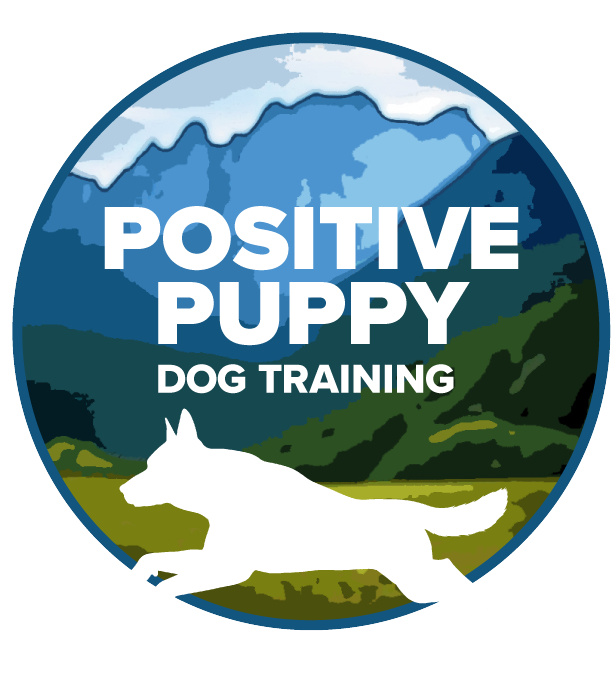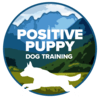“Come as the Cure”
Most of us realize that teaching our dog to “come” is extremely important, especially in areas where dogs are allowed many times of the year to run free on Forest Service land (except during the summer) and on many trails. Due to an active lifestyle, people take their dogs everywhere.
Contrary to popular belief, a dog running free is not a God-given right of every dog. As a responsible dog owner, we need to understand that for the safety of other people and dogs, and the safety of our own dog, he must have a 100% recall. An 80% “come” command is not acceptable if your dog is going to be off-leash. I hear religiously that, “My dog comes extremely well, except when there is a distraction!” That is not a reliable or extremely good “come” command and will eventually get him into trouble, either with wildlife, a disabled person with an invisible disability, or another dog.
Everyone has the right to be on the trails, but dogs must EARN the right to run free safely and responsibly.
A dog that is well trained with a 100% recall can come in a second even in the face of ANY distraction. If your dog is not friendly with other dogs and he has a recall that is rock solid, he should be able to return to his owner when told to regardless of anything. This, by itself, can prevent unwanted confrontations with other dogs, or people, or even wildlife.
It does take training to get to this point. Training should start the minute a dog or puppy comes home. Waiting until your pup is 6 months or even after his shots are done can make the process harder. You must be determined to practice and REQUIRE “come” for the first year in all situations. Setting the dog up for success is hard, but planning ahead can get you there.
It is important to remember that when a pup reached about 19 weeks old, he is programmed by Mother Nature to follow the leader. That means that you might think your pup has a perfect “come.” At that golden age of 19 weeks, pups developmentally begin to gain confidence and independence. Almost always, a pup will start looking at you when you say “come” then continue on his quest for that special aroma or dog friend they have found. If you are not prepared with a game plan to require “come” then the pup learns he doesn’t have to come if there is a distraction. Now you have begun a slippery slope of an unreliable “come” command.
Not only must you have a backup plan on how to get your dog back once you call him, you must be consistent every time, especially during the first year while your dog is a puppy. This means everywhere, including in the house, in the backyard, on a walk down the street, and so on.
A 100% “come” command can get your dog out of trouble on so many levels. It should be a priority for you to train for the safety and well-being of your dog and you! Train. Run. Come.
Caption: Captain Max von Stephanitz, the founder of the German Shepherd breed was profound when he claimed that “A dog is a reflection of his master.”

